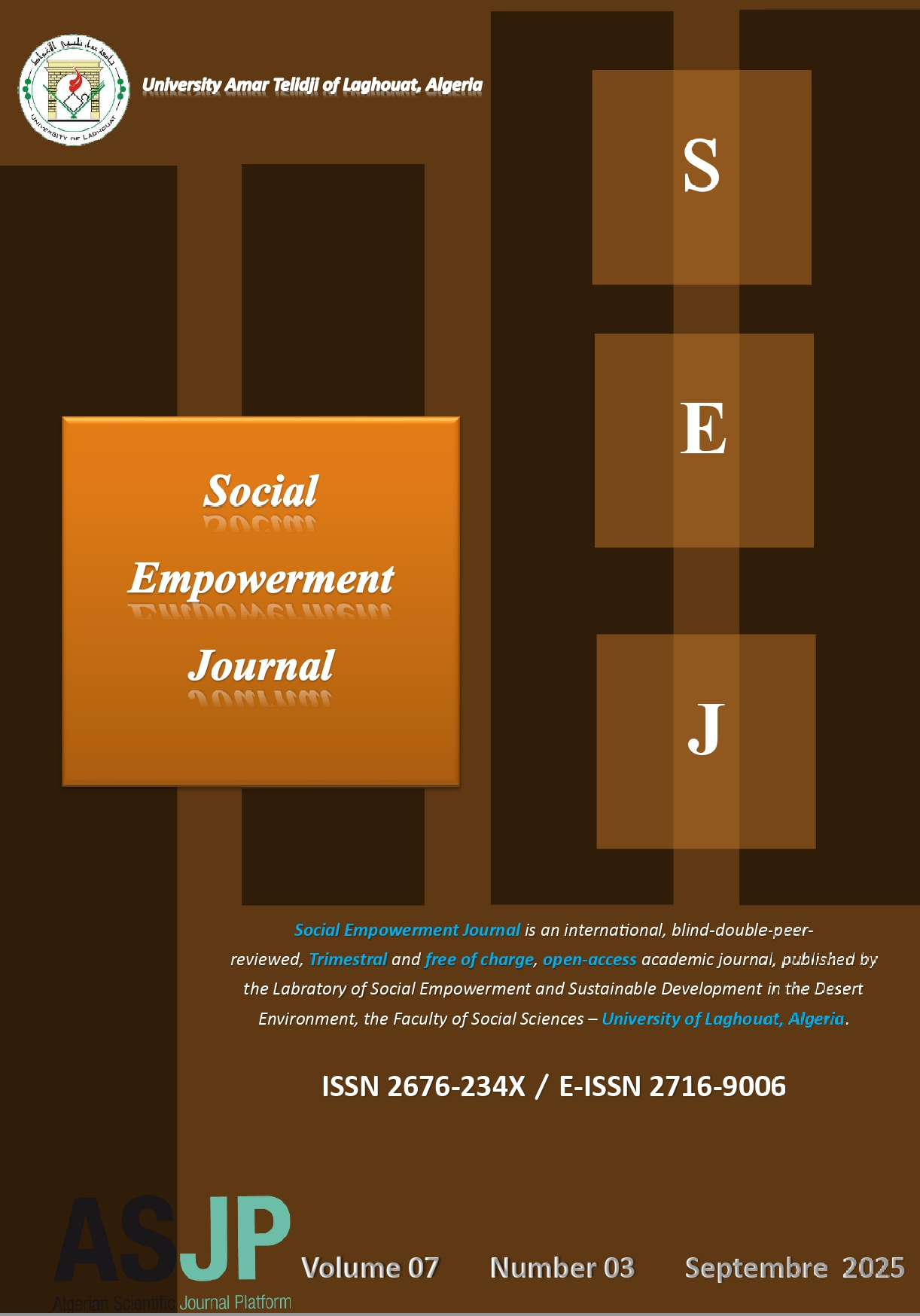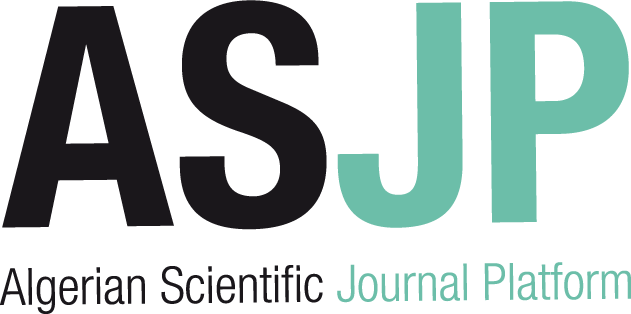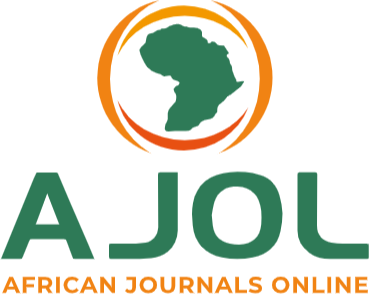Rural Development Trajectories in Eastern India: Empirical Insights from Purba Medinipur District, West Bengal
Abstract
This study examines the socio-economic conditions and infrastructural access of rural households in Purba Medinipur district, West Bengal, through a detailed field survey conducted across 33 villages in 11 administrative blocks between November 2024 and June 2025. A total of 825 households, representing a population of 2,540 individuals, were surveyed using a structured questionnaire and purposive sampling method. The research adopts a mixed-method approach, combining quantitative analysis of household-level indicators with qualitative thematic interpretation based on field observations.
The findings reveal significant advancements in areas such as electrification (97.69%), private toilet usage (97.69%), and mobile phone penetration (98.33%). However, the study also highlights critical gaps in waste collection services, drainage infrastructure, access to clean water, and the availability of modern appliances such as refrigerators and computers. The use of traditional fuels persists in many homes despite a growing shift towards LPG. Based on the results, the study recommends targeted interventions to strengthen sanitation, promote clean energy, improve digital access, and expand sustainable infrastructure through decentralized planning.
This research provides valuable, ground-level insights for policymakers, development practitioners, and local governance bodies seeking to promote inclusive and sustainable rural development.
Downloads
References
Bandyopadhyay, D., & Ghosh, R. (2020). Rural sanitation in India: Policy progress and persistent gaps. Economic and Political Weekly, 55(8), 34–42. https://www.epw.in
Banerjee, A., & Duflo, E. (2019). Good Economics for Hard Times. PublicAffairs.
(Chapter related to development interventions and public service delivery in rural India)
Census of India. (2011). Primary Census Abstract: West Bengal. Office of the Registrar General & Census Commissioner, India. https://censusindia.gov.in
Chakraborty, S., & Das, M. (2020). Rural household electrification and socio-economic development: Evidence from West Bengal. Energy for Sustainable Development, 58, 71–79. https://doi.org/10.1016/j.esd.2020.07.005
Chattopadhyay, R. (2019). Decentralization and rural service delivery in India. World Development, 123, 104610. https://doi.org/10.1016/j.worlddev.2019.104610
Government of India. (2022). Rural Development Statistics 2021-22. Ministry of Rural Development, Government of India. https://rural.nic.in
Gupta, D., & Prasad, V. (2022). Infrastructure inequality and rural development: Insights from Indian districts. Journal of Infrastructure Development, 14(1), 25–43. https://doi.org/10.1177/09749306221074395
International Institute for Population Sciences (IIPS). (2021). National Family Health Survey (NFHS-5), 2019–21: State Fact Sheet—West Bengal. Ministry of Health and Family Welfare. http://rchiips.org/nfhs
Kumar, A., & Singh, R. (2021). Access to sanitation and drinking water in rural India: A district-level analysis. Journal of Rural Development, 40(2), 212–229. https://doi.org/10.25175/jrd/2021/v40/i2/152872
Ministry of Jal Shakti. (2021). Jal Jeevan Mission: Annual Report 2020–21. Government of India. https://jaljeevanmission.gov.in
Mukherjee, S. (2020). Technology penetration in rural India: A case study of mobile and internet usage. Asian Journal of Development Matters, 14(1), 53–65.
National Sample Survey Office (NSSO). (2019). Drinking Water, Sanitation, Hygiene and Housing Condition in India: NSS 76th Round. Ministry of Statistics and Programme Implementation. https://mospi.gov.in
National Statistical Office (NSO). (2021). Household Social Consumption on Health and Housing in India. Ministry of Statistics and Programme Implementation. https://mospi.gov.in
Pal, R., & Saha, D. (2018). Rural water supply in India: Challenges in achieving sustainability and equity. Water Policy, 20(6), 1106–1120. https://doi.org/10.2166/wp.2018.103
Planning Commission. (2014). Report of the Expert Group on Household Consumption Expenditure. Government of India.
Planning Commission. (2014). Report of the Expert Group to Review the Methodology for Measurement of Poverty. Government of India. https://niti.gov.in/planningcommission.gov.in
Roy, M., & Chattopadhyay, S. (2019). Housing and sanitation conditions in rural West Bengal: An empirical study. Indian Journal of Regional Science, 51(1), 100–112.
Singh, S., & Srivastava, A. (2021). Evaluating rural access to basic amenities in India: A spatial approach. Social Indicators Research, 157(3), 849–872. https://doi.org/10.1007/s11205-021-02626-0
Sinha, A., & Nath, R. (2022). Infrastructure inequality and its effects on rural development in Eastern India. Regional Development Studies, 18(2), 87–104.
UNDP. (2020). The Sustainable Development Goals Report 2020. United Nations.
United Nations Development Programme (UNDP). (2020). The Sustainable Development Goals Report 2020. United Nations. https://unstats.un.org/sdgs/report/2020/
World Bank. (2019). Rural Infrastructure in India: Addressing Gaps and Improving Access. World Bank Publications. https://www.worldbank.org
World Bank. (2019). Rural infrastructure in India: Improving services and quality of life. World Bank Publications

This work is licensed under a Creative Commons Attribution-NonCommercial 4.0 International License.




















